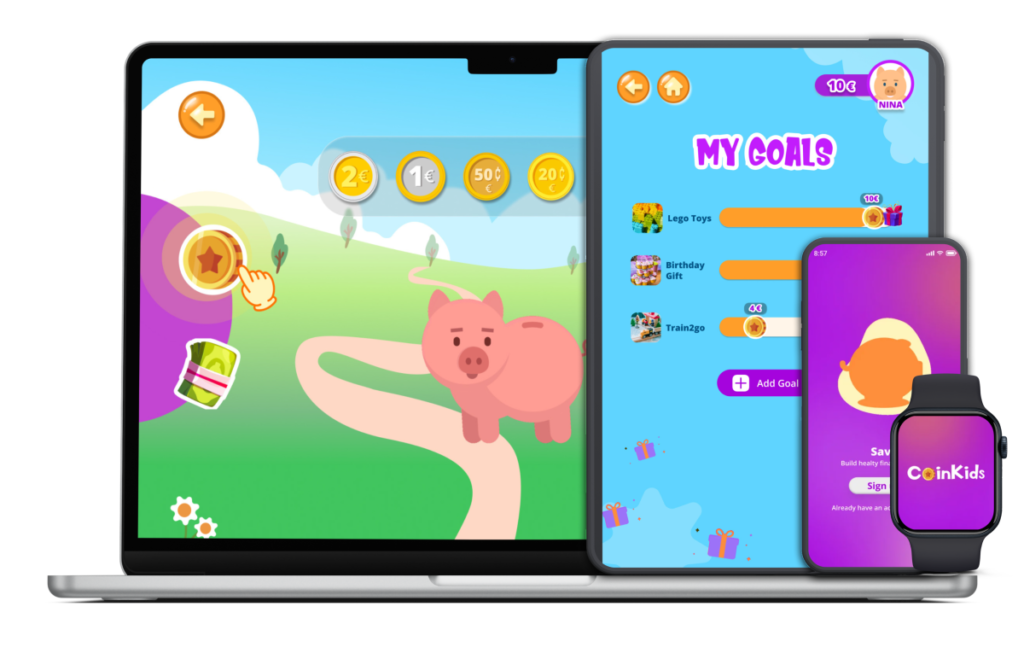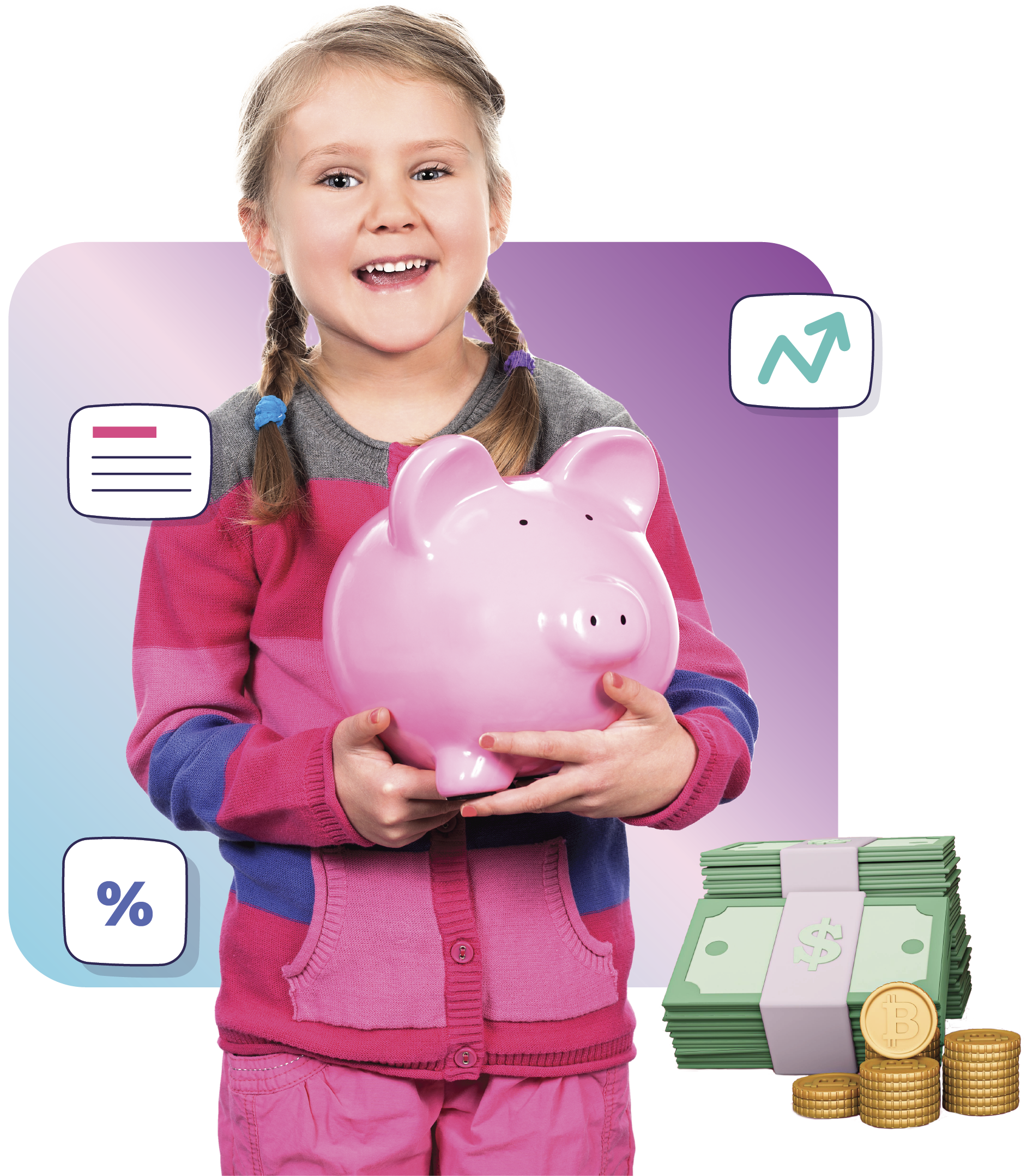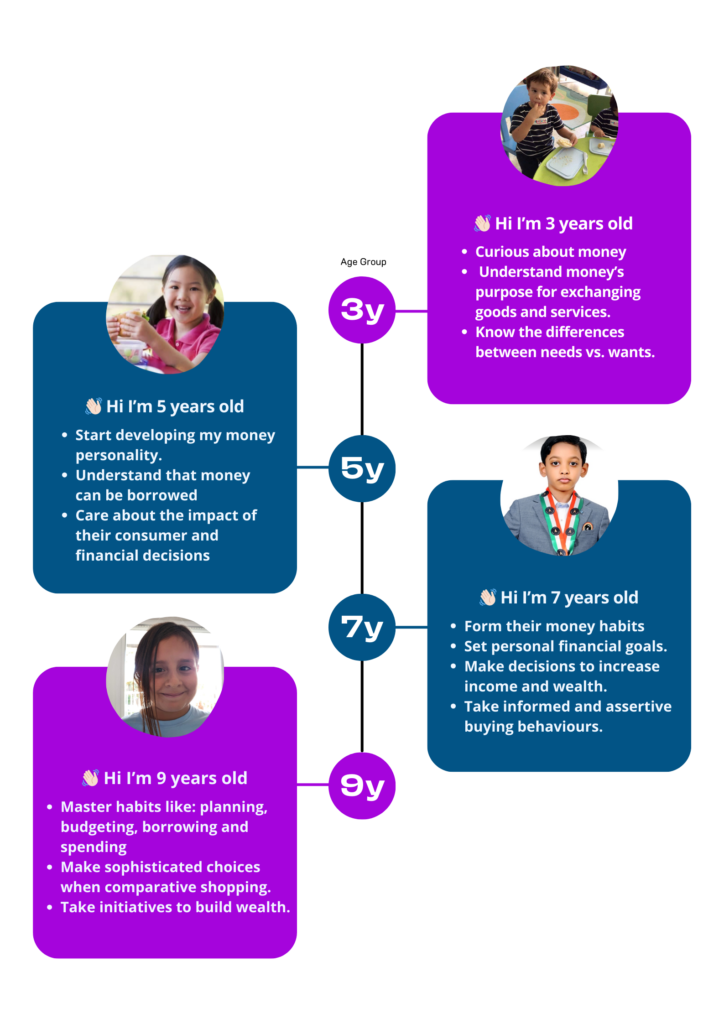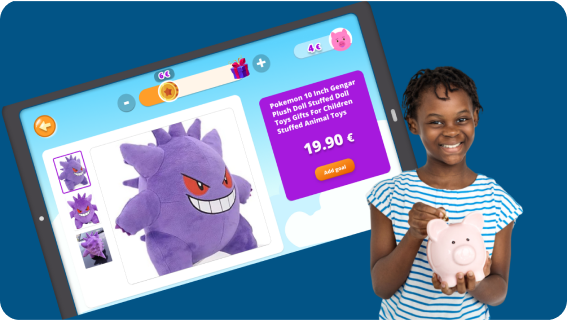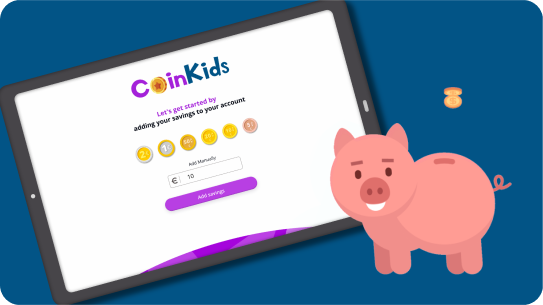In today’s world, everyone should know about money. However, many don’t, and that’s a problem, says Michael Gilmore. We had the pleasure to speak with Michael Gilmore on a recent webinar, a prominent advocate for financial literacy and the founder of the Money Awareness and Inclusion Awards (MAIA). Our webinar focused on the significance of financial education and inclusion in our society today. We share some key insights from the webinar here, as well as a link to the full video if you would like to learn more.
Investing in financial smarts: why is it important?
Not knowing about money can hurt you and the world. Michael says that financial illiteracy has a profound impact on individuals and society alike. Individuals with poor financial literacy may miss out on opportunities to build wealth, or they may have inadequate insurance coverage, leaving them vulnerable to economic shocks at a personal level. Societies that lack financial literacy tend to have higher wealth inequality, resulting in social and economic injustice.
Michael emphasizes that financial illiteracy affects decision-making about environmental, social, and governance issues (ESG) in addition to personal finances. In the absence of financial literacy, people may have trouble making informed investment decisions, contributing to climate change and social inequality around the world.
We asked Michael: What are the consequences of neglecting financial education?
When lots of people don’t get money, there will always be a gap between the rich and the not-so-rich. You might not make good choices about things like investing in a way that’s good for the planet if you don’t understand how money works. According to him, there are so many problems because people don’t understand money. Climate change and inequality can’t be fixed unless we teach money smarts.
Sustainable Development Goals and Financial Education
Sustainable development goals require financial education, with a strong focus on eliminating poverty. It is found that individuals with a high level of financial literacy are more likely to escape poverty, according to a study conducted in Indonesia. Those who answered one question correctly on a financial literacy questionnaire were 9% more likely to escape poverty. This underscores the importance of financial education in addressing poverty.
“Inequality and climate change can both be addressed if we educate people about them instead of dismantling them. The winner of this year’s MAIA for sustainable finance literacy was the UK group Make My Money Matter. This group educates pension holders about where and how to change their pensions if they disagree with those investments,” Michael said.
Teaching Financial Literacy to Children
As parents, Michael, founder of the MAIA, and Nathaly, founder of CoinKids had a common concern: ensuring that their kids were financially literate and capable of making responsible financial decisions.
One way to get children interested in investing is to explain to them that everything around them is the result of investments. This includes their smartphones and the technology they use every day. As a result of this shift in perspective, children may be able to understand the real-world implications of financial decisions and investments.
Michael also emphasizes the need to teach financial literacy to children during their formative years. Adding financial education to school curricula can have a profound impact on the next generation’s ability to make sound financial decisions.
Children often learn best by observing their parents’ financial behaviors. Developing financial literacy in children can be shaped by fostering an open dialogue about money and demonstrating responsible financial practices. “There are many ways to teach kids about money, depending on their age. For example for young kids, picture books and stories about money can help,” he said.
The gap in financial literacy must be closed
Educators, parents, and those who make rules all need to work together to close the gap in money knowledge, according to Michael. In addition to teaching money smarts in schools, teachers should also know about money. In order to lead by example, parents should demonstrate how to handle money wisely and talk openly about it.
Also, we asked him what crucial financial skills he wishes his daughter would possess before stepping out into the world.
“Most importantly, I wanted her to know two things. It was both possible and highly desirable for her to become financially independent. I also wanted her to know she could and should do it on her own terms. Her own job, her own income, and not rely on anyone else. And I think she learned these lessons well,” he said.
The MAIA Awards and Beyond
With the Money Awareness and Inclusion Awards (MAIAs), Michael Gilmore aims to promote financial literacy and inclusion initiatives. MAIA Awards celebrate and spotlight a number of initiatives, such as Coinkids, an initiative that empowers children with financial literacy. This award provides a platform for individuals and organizations worldwide to present their innovative solutions.
Michael stressed that the MAIAs’ goal is to bridge the information gap. As the Financial Times reported in June this year, a winner from 2022 tackled a global issue – that if we want to improve school financial education, we need teachers who are financially literate. Financial literacy is a challenging subject for teachers at the moment because of the same financial uncertainty that affects everyone else. We were pleased to have our winner, Finances at School from Peru, recognized as one of the best global solutions in the Financial Times. It developed a program to build financial confidence in teachers.
Conclusion
It is crucial for both individual and social well-being to have financial literacy, not just as a personal skill. Investing in financial education and addressing the causes of financial illiteracy can lead to a more equitable and inclusive future. Financial education initiatives such as the MAIAs and CoinKids are essential to raising awareness and inspiring innovative approaches. Together, we can bridge the financial literacy gap and empower individuals to make informed financial decisions that lead to brighter and more secure futures.
